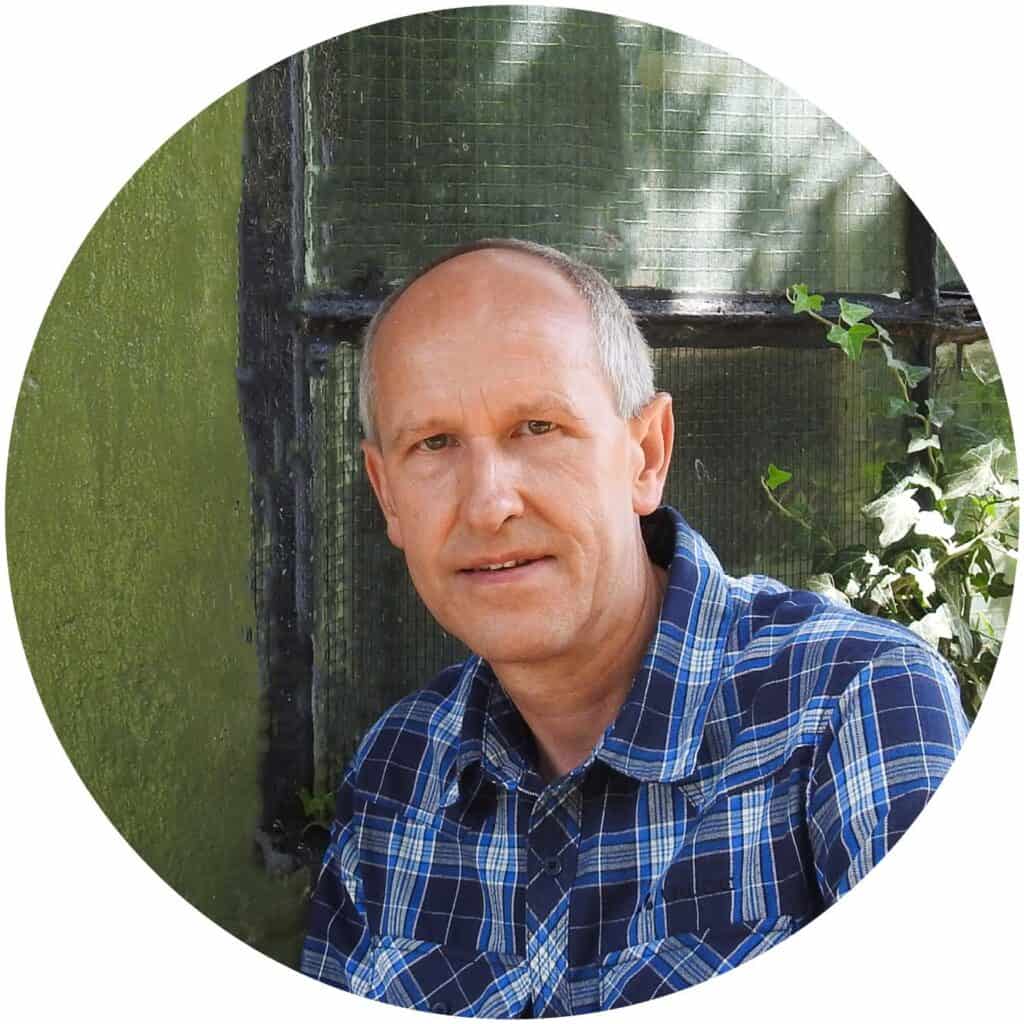05.10.2021 Download as PDF
Redefining success – focusing on strengths
Would you like to feel (even) better?
Looking for ways to live a more fulfilling life and for smart ideas to move forward? Positive psychology offers reliable insights you can actually put into practice.
What is positive psychology?
In psychology, research focused on diseases, malfunctions, and on harmful effects of stress and trauma for a long time. The mechanisms of human wellbeing were much less looked into, even though Abraham Maslow – the scholar behind the famous hierarchy of needs – had introduced the term of positive psychology about 60 years ago. People, he assumed, possess an enormous potential to cope with the topics of their lives by nature. Thus, the goal was to create a psychological «climate» that allowed them to bring these resources to effect. In recent years, this particular branch of research has attracted much more interest. Many studies were able to show that positive emotions and activating resources promote health, performance, and resilience. In addition, they can prevent depression and anxiety.
„The world of the happy man is a different one from that of the unhappy man.“
Psychologist Barbara Fredrickson verified philosopher Ludwig Wittgenstein’s proposition with her Broaden and Build Theory in 2001. She was the first to describe how positive emotions and affects expand the scope of action and thought. With their help, broader problem-solving strategies can emerge, creativity increases. And they help develop and practice physical, intellectual, and social skills. Her findings are considered scientifically proven today.
How can individuals use such positive mechanisms?
A completely positive approach to life would mean negating the humanness of life. Without the negative, there would be neither human growth nor a fulfilling existence. Even the happiest among us have to grieve, agonise, fear, detest. Fredrickson therefore suggests a 3 to 1 happiness ratio. Try to set three positive perceptions against each depressing emotion. Her method is not about creating short-lived positive emotions via physical gratifications, such as food, alcohol, or sex. Instead, it is a matter of practicing a mindful, positive lifestyle.
A way of living in which appreciation, serenity, interest, hope, pride, inspiration, reverence, and love become a source for the positive emotions people need. Strive for positive perceptions, find joy in a beautiful scenery, in your own friendly gestures, in the pride you feel when achieving a goal (even a seemingly unremarkable one), or in being in the company of nice people.
The tipping point
The 3 to 1 ratio for positive and negative effects marks a tipping point, as Frederickson and her colleagues were able to prove. At this point, a person switches – measurably and sustainably – from stagnation to a spirited, fulfilling mode of internal growth. A reciprocal, dynamic process between the positive effects and the development of individual competencies develops.
Prevention is better than cure!
Fredrickson views her method as a preventative measure. She tells people that while doctors may recommend to check blood pressures regularly in order to stay healthy, she advises them to check their positive quotient on a regular basis, as it will help them establish a fulfilling life within months.
Anyone who tries will agree with her.
You found this article interesting? Subscribe to our newsletter now and never miss an article!
Unpublished form
A self-portrait of the author Bernhard Mikoleit
In self-portraits, our authors offer insights into their way of thinking and life experiences. Their profiles will assist you in classifying their contributions and views.
